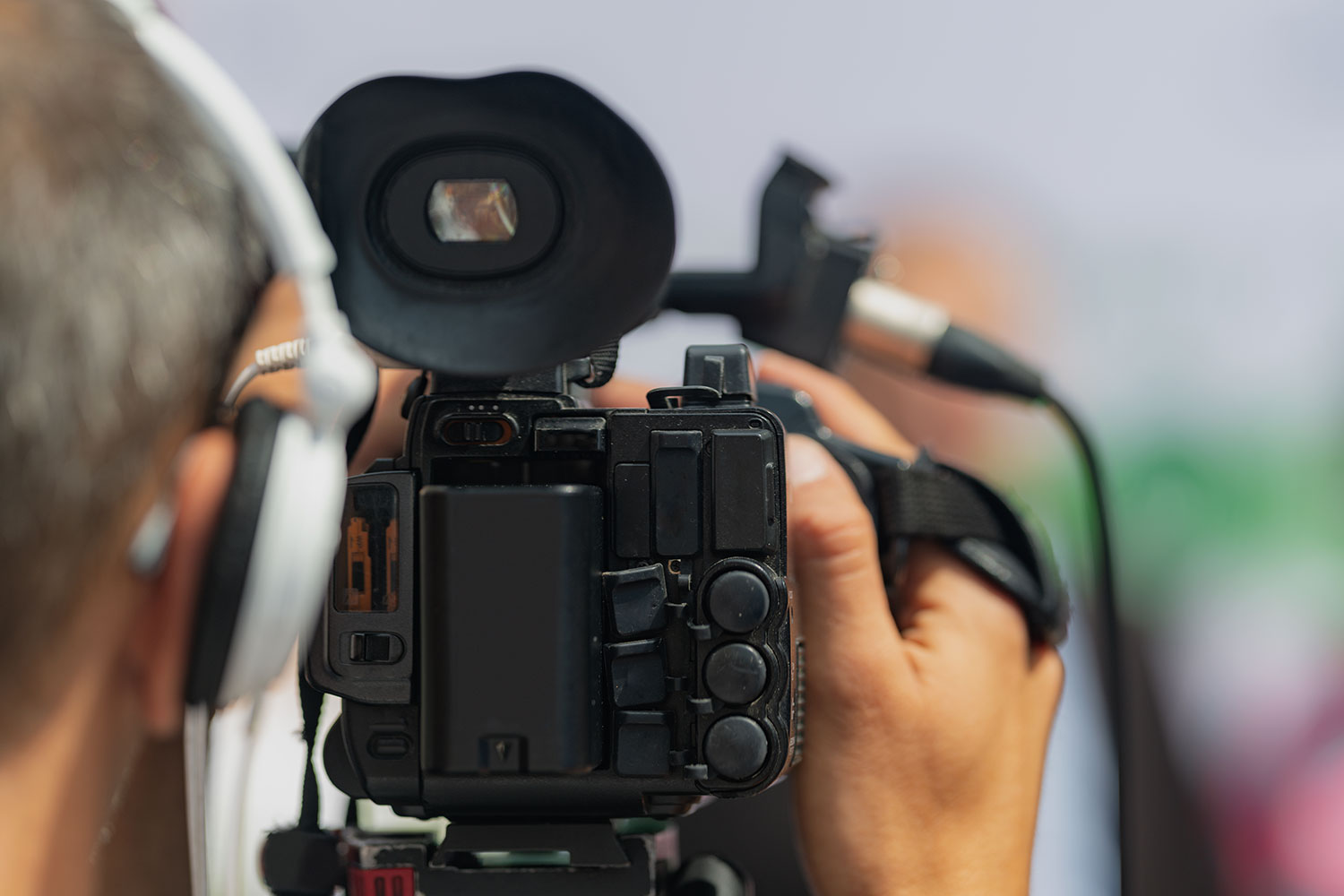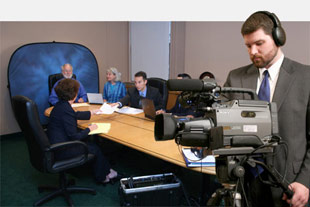Looking Into the Devices of Lawful Videography: Unveiling Its Procedure in Shielding Authentic Visual Testament for Judicial Process
In the realm of judicial proceedings, the function of legal videography stands as a cornerstone in maintaining and providing visual evidence. As modern technology continues to advance, the devices behind lawful videography have ended up being increasingly complex, providing an essential layer of authenticity to testaments captured on video. By delving into the operational ins and outs of lawful videography, one can uncover the thorough procedures that protect the stability of visual evidence provided in courts - Legal Videography. This expedition not only sheds light on the historical evolution of lawful videography but likewise hints at the future fads that may additionally reinvent how visual testimonies are supported in the realm of justice.
Historic Evolution of Legal Videography
Examining the historical development of legal videography exposes a substantial change in the catching and presentation of visual proof within the legal landscape. In the past, legal proceedings greatly depended on composed records and photos to document occasions and offer proof. With the introduction of video innovation, the legal industry observed a paradigm shift in just how aesthetic testament was recorded and presented.
The advancement of lawful videography can be mapped back to the late 20th century when advancements in video recording tools made it extra accessible for use in courtrooms. This technical improvement not just enhanced the accuracy and reliability of aesthetic proof however additionally changed the means instances were provided to judges and courts (Legal Videography). Attorneys started to recognize the persuasive power of video recordings in conveying feelings, nuances, and non-verbal signs that written photographs or transcripts alone can not record efficiently

Modern Technology Improvements in Video Clip Documents
What essential technological innovations have transformed video documents in the legal area? The lawful field has seen substantial innovations in video paperwork modern technology that have actually boosted the credibility and dependability of visual proof in judicial process.
In addition, developments in video encryption and watermarking technologies have bolstered the security and tamper-proof nature of video clip evidence, guarding it against unauthorized modifications or tampering. In addition, the development of cloud storage options and remote accessibility capabilities has structured the storage space, retrieval, and sharing of video proof, facilitating seamless partnership amongst legal experts and ensuring reliable accessibility to important visual statements when needed. These technological innovations in video documentation have actually certainly revolutionized the lawful field, enhancing the accuracy, reliability, and admissibility of aesthetic evidence in judicial procedures.
Duty of Lawful Videographers in Court Setups
The evolution of video clip documentation innovation in the legal area has actually required a vital duty for lawful videographers in courtroom settings, ensuring the integrity and dependability of visual testimonies offered during judicial proceedings. Lawful videographers play an essential duty in catching and maintaining precise visual evidence that can be crucial in litigation. Their obligation expands to establishing equipment, recording procedures, and generating high-grade video clips that accurately reflect the events in the court.
Additionally, lawful videographers usually function very closely with lawful teams to make sure that the video see this clip proof straightens with the instance's needs and can be properly presented in court to support the lawful disagreements being made. On the whole, the duty of legal videographers in court room settings is vital in upholding the principles of justice and ensuring the transparency of lawful process. Legal Videography.

Ensuring Admissibility and Stability of Video Evidence
To preserve the integrity of visual evidence presented in legal procedures, ensuring the admissibility and integrity of video clip proof is an essential duty for legal videographers. Admissibility describes the approval of evidence by the court, and for video clip evidence to be admissible, it has to meet certain requirements. Legal videographers play an essential role in ensuring that the video clips they capture follow the guidelines of evidence, such as credibility, importance, and integrity.
Integrity of video proof includes keeping the originality and precision of the footage from the moment it is recorded up until it exists in court. This includes firmly storing the video documents, recording the chain of guardianship, and stopping any meddling or alterations. Lawful videographers should adhere to strict procedures to guarantee the honesty of the video clip evidence and stop any type of challenges to its authenticity.
Future Trends in Legal Videography
Given the raising reliance on innovation in legal procedures, legal videographers are positioned to embrace innovative developments forming the future of visual testament capture and discussion. One of the noticeable fads coming up is best site the integration of online reality (VR) and augmented reality (AR) technologies into legal videography. These technologies have the prospective to transform just how visual proof is offered in courts, enabling discretionary to submerse themselves in the scene of the criminal offense or occurrence.
Furthermore, using synthetic knowledge (AI) formulas for video clip analysis is expected to simplify the process of assessing and assessing large quantities of video clip footage. AI can aid in identifying vital moments, anomalies, and patterns within videos, improving the effectiveness of legal investigations.

Verdict
In conclusion, legal videography has actually played a crucial role in supplying authentic visual proof for judicial procedures. With technological developments and the expertise of legal videographers, the honesty and admissibility of video proof are made certain in courtroom settings. As lawful videography proceeds to progress, it will be important to support criteria that important link maintain the precision and integrity of visual testimony for the future of lawful process.
Checking out the historic progression of legal videography discloses a substantial makeover in the catching and discussion of aesthetic proof within the lawful landscape.The evolution of video documents modern technology in the legal field has required a critical duty for lawful videographers in court room setups, guaranteeing the honesty and integrity of visual statements provided throughout judicial proceedings. Additionally, lawful videographers usually work carefully with legal teams to make sure that the video clip proof lines up with the situation's needs and can be efficiently presented in court to sustain the legal disagreements being made.To keep the reliability of visual proof presented in legal procedures, ensuring the admissibility and honesty of video evidence is a crucial obligation for legal videographers. As legal videography proceeds to develop, it will certainly be crucial to copyright requirements that maintain the accuracy and integrity of aesthetic testament for the future of lawful proceedings.